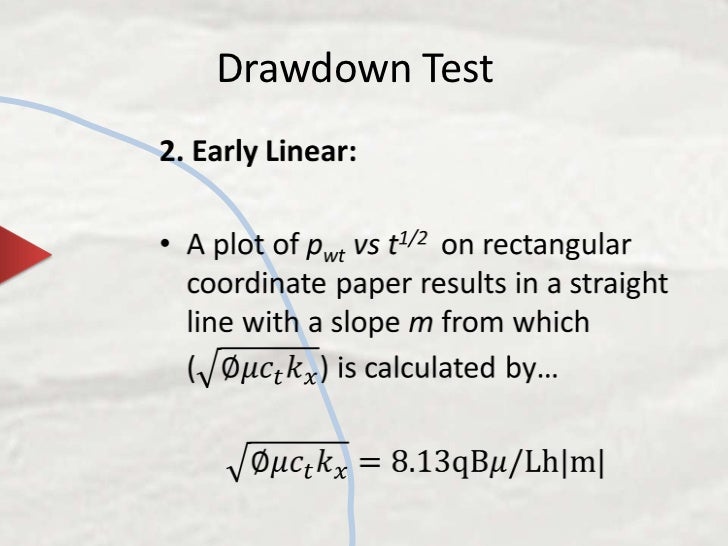

The aquifer hydraulic properties were estimated from the pumping test by fitting mathematical models (type curves) to response data (water level changes) through computer software known as AQUIFER TEST. This method was chosen because it is built upon the most simplified assumptions. The Cooper Jacob's Straight-line Equation was used to analyze the pumping test results of drawdown with respect to time. Twelve (12) drilled boreholes constructed within Boki Local Government Area were subjected to a number of pumping tests: Step drawdown, Constant discharge and Recovery tests to provide estimation of hydraulic parameters of the study area. Pumping test is done to determine the performance and efficiency of a well and also to characterize and parameterize the hydraulic properties of an aquifer. This last solution appeared more efficient for long time frames. Sustainable management could be achieved in the following ways: an intermittent and/or alternated use of more wells a constant, continuous pumping rate assuming prescribed limits of drawdown and the use of horizontal boreholes or radial collector wells. A groundwater model simulates the effects of pumping under different scenarios. Hydrostratigraphy reveals a shallow weathered layer above a fractured layer that could be treated as a porous-equivalent. Climate, granitoid covers and topography influence the amount of aquifer recharge. Results are similar to those obtained for crystalline rocks in the Mediterranean region elsewhere. The objective was to determine whether the groundwater development of the Serre Massif is ‘sustainable’ or not. However, the long-term effects are not well known.

In Calabria, southern Italy, crystalline aquifers are tapped by low-yield wells. Potential water supply aquifers in many countries are composed of crystalline rocks. Transmissivity distribution contour map showed increased values towards southwest part of the area while gradually decreased values was recorded in the eastern and southeast part of the area. The average transmissivity and storage coefficient parameters, which calculated using two wells, drilled in the area were (33.966-1171) m 2 /day and (2.2*10-4-2.07*10-2) respectively, dependent on cooper-Jacob and Theis recovery solutions. The results showed that Khan Al-Baghdadi area has only confined aquifer within the geological formation extended in area. The aim of this research is to carry out hydrogeological investigation in Khan Al-Baghdadi area within Anbar Governorate in the west of Iraq to evaluate hydraulic properties of the most important groundwater aquifers in order to achieve optimum use of groundwater in term of sustainable water management by using Cooper-Jacob and Theis Recovery Test methods to calculate transmissivity and storage coefficient after field investigation of aquifers extended in the area where geographical position, elevations, static water levels, depths, thicknesses and maximum yields were carried out. Conducting and analyzing aquifer tests is one of the most efficient ways to assessment these characterizations. The mainly objective of groundwater studies is assessment the physical characterizations of water-bearing layers.


 0 kommentar(er)
0 kommentar(er)
